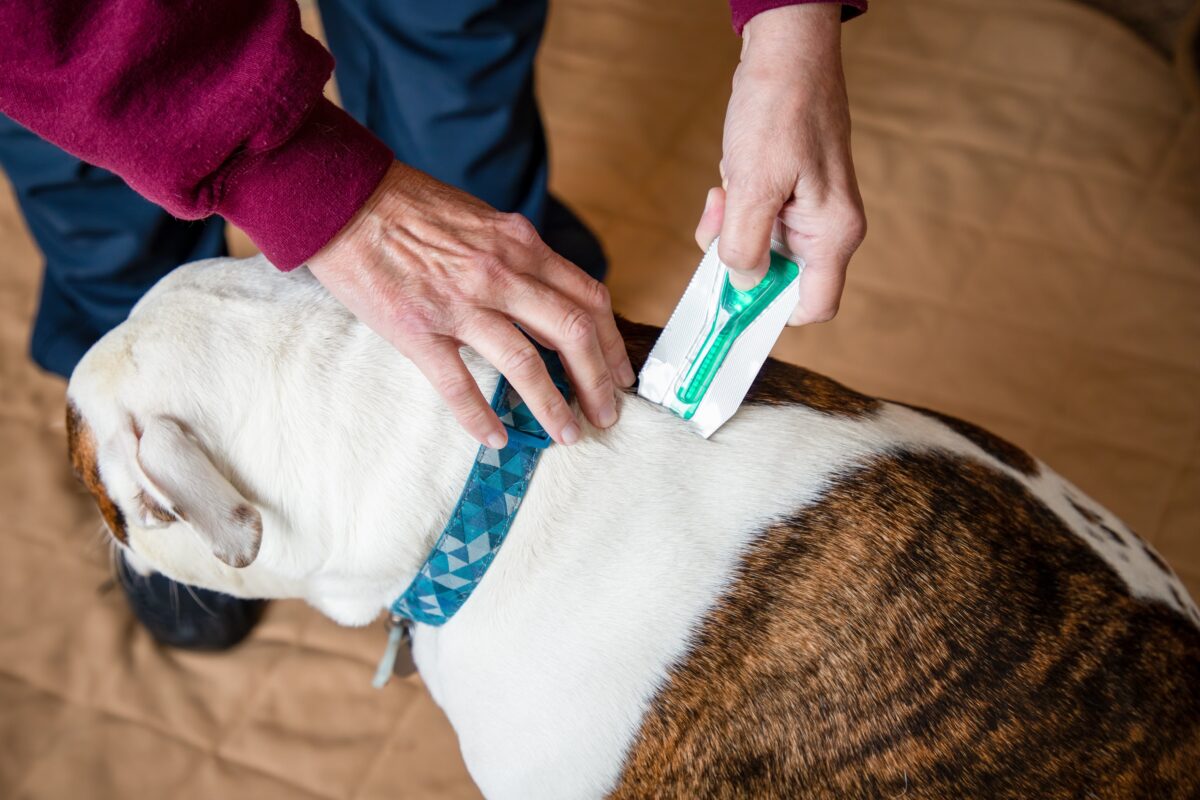Introduction
Having a well-stocked pet first aid kit is an essential part of being a responsible dog owner. You never know when an accident or sudden illness may occur, and having the right supplies on hand can make all the difference in an emergency situation. A complete pet first aid kit allows you to provide immediate care while getting your dog to the vet. This article will provide a comprehensive checklist of everything you need to include in your dog’s first aid kit, as well as tips on using the items and how to be proactively prepared for your dog’s health and safety.
Medical Supplies
The foundation of any dog first aid kit is basic medical supplies like bandages, gauze, tape, antiseptic wipes, ointments, saline solution, and other items to treat minor wounds, control bleeding, and keep injuries clean. Here are some must-have medical supplies:
- Bandages: Self-adhering flexible bandages, gauze rolls, vet wrap, and adhesive tape are essential for securing dressings over wounds. Choose waterproof and non-stick options that won’t stick to your dog’s fur.
- Gauze pads: Sterile gauze pads in various sizes are vital for applying direct pressure to wounds or soaking up blood. Stock up on 2×2, 4×4, and larger pads.
- Antiseptic wipes: Pre-moistened antiseptic towelettes like alcohol pads or chlorhexidine wipes help disinfect wounds, scrapes, and skin surfaces.
- Antibiotic ointment: Topical antibiotic creams containing bacitracin, neomycin, or polymyxin B prevent infection in minor cuts, scrapes, and abrasions.
- Sterile saline wash: Use sterile 0.9% sodium chloride solution to flush wounds, eyes, ears, and noses to remove debris and prevent infection.
- Hydrogen peroxide: This common disinfectant kills bacteria in wounds. Dilute it before use.
- Tweezers: Keep sterile tweezers on hand to remove splinters, glass shards, ticks, stingers, or other embedded objects.
- Scissors: Blunt tip bandage scissors allow you to cut dressings, tape, or bandages as needed.
- Latex gloves: Wearing gloves reduces disease transmission when treating wounds.
- Instant cold pack: Apply cold therapy to sprains, strains, bruises, and swelling using a ready-to-activate ice pack.
Medications
Having certain over-the-counter medications in your first aid kit can help manage minor ailments. Consult your vet before administering any medication. Essential meds include:
- Antihistamine: Benadryl or diphenhydramine can be used for mild allergic reactions, stings, or itching. Correct dosage is key.
- Antidiarrheal: Immodium AD or loperamide is an intestinal antispasmodic to treat acute diarrhea episodes.
- Antacid: Give Pepto-Bismol, famotidine, or another OTC antacid for upset stomach, nausea, vomiting.
- Anti-inflammatory: Under vet guidance, use buffered aspirin to reduce inflammation and joint pain.
- Analgesic: Acetaminophen, ibuprofen, or naproxen sodium can relieve pain as directed by your vet.
- Antiemetic: Ondansetron helps control vomiting and nausea. Follow prescription guidelines.
- Activated charcoal: Give this oral absorbent for certain types of toxin ingestion, if the vet advises it.
- Eye/ear drops: Sterile saline eye and ear drops cleanse irritations and remove foreign material.
Tools and Equipment
You’ll need certain tools and equipment to provide first aid safely and effectively:
- Muzzle: Use a soft cloth, nylon, or mesh muzzle to prevent bites when handling an anxious or injured dog.
- Towels: Clean towels are extremely versatile for applying pressure, binding injuries, cleaning, warmth, and more.
- Blankets: A lightweight emergency blanket or foil blanket conserves body heat in shock or trauma.
- Flashlight: Illuminate wounds, eyes, ears, or dark situations. Choose a compact, high-powered LED flashlight.
- Leash/collar: Restrain an injured dog safely with a leash and collar. Add ID tags.
- Nail clippers: Trim overgrown nails causing limping or trauma. Styptic powder controls bleeding.
- Splints: Immobilize broken bones or sprains with cardboard, magazines, sticks.
- Pen/paper: Note symptoms, vital signs, medications given in case you need to refer to it later.
- Thermometer: Take body temperature rectally with a digital thermometer to check for fever.
- Gloves: Protect yourself from bites, fluids, and infection with latex-free gloves.
- Hand sanitizer: Kill germs immediately after providing first aid care.
- Tweezers: Safely remove ticks, splinters and debris from the skin.
- Scissors: Use blunt scissors to trim fur or cut away clothing/bandages.
- Lubricant: Apply ophthalmic lubricant to eyes for irritation. KY jelly can facilitate rectal thermometer use.
- Eye wash: Flush eye irritations with sterile saline eye wash.
- Syringe: Dose oral medications or fluids with an oral dosing syringe.
- Canine CPR mask: Safely perform rescue breathing using a specialized dog CPR mask.
Wound Care Supplies
Wounds are one of the most common reasons for first aid. Stock supplies to clean, disinfect, and bandage cuts, scrapes, lacerations, and puncture wounds:
- Gauze – Absorb blood and fluids with sterile gauze pads and rolled gauze.
- Adhesive bandages – Protect small wounds with flexible, non-stick bandaids.
- Medical tape – Secure gauze dressings and wraps with first aid or surgical tape.
- Antiseptic wipes – Kill microbes and prevent infection in wounds.
- Antibiotic ointment – Apply topical antibiotics to inhibit bacterial growth.
- Sterile saline – Flush debris from wounds using sterile 0.9% sodium chloride solution.
- Hemostatic agent – Styptic powder or gel helps stop minor bleeding.
- Skin adhesive – Close small incisions using veterinary skin glue or liquid bandage.
- Conforming bandage – Wrap injuries with soft, flexible self-adhering bandages.
- Gauze roll – Bind and protect larger wounds with rolled gauze.
- Non-stick pads – Apply telfa or non-adherent pads directly on wounds before bandaging.
Recovery Aids
Supporting recovery after illness, injury, or surgery requires certain supplies for managing activity, feeding, and preventing further injury:
- Elizabethan collar – Prevent licking, biting, scratching wounds with an E-collar.
- Oral syringe – Slowly administer oral medications, water, or food.
- Recovery collar – Control activity with an inflatable cervical collar.
- Joint braces – Stabilize injured or weak joints with leg, wrist, knee braces.
- Confining crate – Limit movement with a wire crate during recovery.
- Raised feeder – Elevate food and water to make eating more comfortable.
- Slow feeder bowl – Prevent fast eating with a maze bowl.
- Assistive harness – Help dogs stand/walk by providing rear support.
- Cold/hot pack – Reduce swelling and inflammation with temperature therapy.
- Treats – Make taking medication easier with high-value treats.
- Calming aids – Try an Anxiety Wrap, pheromones, or supplements to reduce stress.
Emergency Preparedness
Being ready to handle urgent medical crises like seizures, allergic reactions, or shock can save your dog’s life:
- Muzzle – Prevent bites from a disoriented or distressed dog.
- Towels – Provide warmth, absorb fluids, and restrain dogs if needed.
- Flashlight – Assess symptoms and give care even in darkness.
- Blanket – Insulate a dog’s body to prevent heat or fluid loss.
- Gloves – Guard against fluids and bites when handling emergencies.
- Scissors – Cut away materials like collars or bandages.
- Pen/paper – Note symptoms and times medications were given.
- Activated charcoal – Absorb toxins ingested, under vet direction.
- Antihistamine – Counteract mild allergic reactions.
- Saline wash – Flush irritants from eyes, wounds, nose, mouth.
- Anticonvulsant – Halt seizures if prescribed by your veterinarian.
- Hydrogen peroxide – Induce vomiting of toxins if advised by poison control or vet.
- Sterile lube – Safely take a dog’s temperature rectally.
- Antidiarrheal – Control diarrhea from stress, anxiety, or illness.
- Antiemetic – Counteract vomiting from motion sickness, poisoning, or other causes.
- Instant glucose – Reverse hypoglycemia by rubbing corn syrup on gums.
Identification and Records
- ID tag – Be sure your dog wears a collar ID tag at all times.
- Microchip/tattoo – Permanent ID like a registered microchip or tattoo helps reunite lost pets.
- Vaccine records – Include documentation of all vaccines your dog has received.
- Medical history – List any medical conditions, medications, allergies.
- Pet insurance info – Note your policy number and claims contact info.
- Ownership/adoption papers – Prove ownership if your dog gets lost.
- Recent photo – A current photo helps others identify your lost pet.
- Veterinarian contact – Carry your vet’s phone number and address.
- Emergency contacts – List phone numbers for poison control, ER vets, family.
- Care instructions – Provide info about diet, medications if boarding or sitting.
Usage Tips
- Store your first aid kit in an easily accessible place like a hall closet or kitchen cabinet.
- Check supplies every 6 months and replace any expired medications, open packages, or missing items.
- Bring a pet first aid kit with you during travel, camping/hiking trips, and when visiting other homes.
- Learn how to use each item by reading instructions and watching online tutorials.
- Attend pet first aid classes to learn skills like CPR, wound care, and emergency response.
- Print out pet first aid charts and emergency numbers to keep in your kit.
- Talk to your vet about any OTC meds you plan to keep on hand and proper dosing.
- Use sterile saline, water, or hydrogen peroxide to induce vomiting only if poison control or your vet advises it.
- Seek immediate veterinary care after administering any first aid to your dog.
Being prepared with a well-stocked pet first aid kit and the knowledge to use it properly can truly save your dog’s life in an emergency. Follow this comprehensive checklist to ensure you have all the vital supplies and information needed to administer immediate care while getting professional veterinary treatment. With some planning and proactivity, you can take the panic out of unexpected accidents and provide the best care for your beloved canine companion.
Helpful First Aid Kit Supply Checklist
| Category | Supplies |
|---|---|
| Medical | Gauze, tape, bandages, antiseptic wipes, antibiotic ointment, saline wash, tweezers, scissors, gloves, cold pack |
| Medications | Antihistamine, antidiarrheal, antacid, aspirin (vet approved) |
| Tools | Muzzle, towels, flashlight, nail clippers, pen/paper |
| Wound care | Gauze pads, adhesive tape, antiseptic wipes, antibiotic ointment, saline wash, styptic powder |
| Recovery | Elizabethan collar, oral syringe, recovery collar, braces, raised feeder |
| Emergency | Towels, flashlight, gloves, saline wash, tweezers, antidiarrheal |
| ID/Records | Collar tag, microchip/tattoo, vaccine records, vet contact |
Frequently Asked Questions
What should I include in a basic pet first aid kit?
A basic kit should contain bandages, gauze, tape, antiseptic wipes, antibiotic ointment, saline wash, tweezers, scissors, latex gloves, and a first aid guide. Have your vet’s number, poison control number, and ID info handy.
How can I make my own pet first aid kit?
Use a small container or bag. Add basic medical supplies like bandages, tape, antiseptic wipes, latex gloves, saline wash, and more. Include important phone numbers and records. Customize with medications, tools, and specific items your pet needs.
Should I take a pet first aid class?
Yes, taking a first aid class can teach you skills like CPR, wound care, and how to respond in emergencies. Hands-on practice will give you confidence to provide care.
When should I replace first aid kit supplies?
Check your kit every 6 months. Replace any opened packages and expired medications. Restock used items. Sterile items like bandages lose effectiveness over time.
What items can I use for an emergency muzzle?
Use a soft cloth, towel, pantyhose, or commercial muzzle. Secure gently behind the ears, not too tight. It should allow panting and drinking. A makeshift muzzle prevents biting but doesn’t completely restrict the mouth.
What human medications can I give my dog?
Never give human meds without your vet’s guidance on type, dosage, and frequency. Some OTC drugs like acetaminophen and ibuprofen are toxic for dogs. Only use dog-safe buffered aspirin or Benadryl as directed.
How do I induce vomiting if my dog swallows something harmful?
Only induce vomiting if advised by your vet or poison control. Use 3% hydrogen peroxide: 1 tsp per lb of body weight by mouth OR as directed. Seek immediate vet care after vomiting. Don’t induce vomiting if your dog swallowed caustic or sharp objects.


